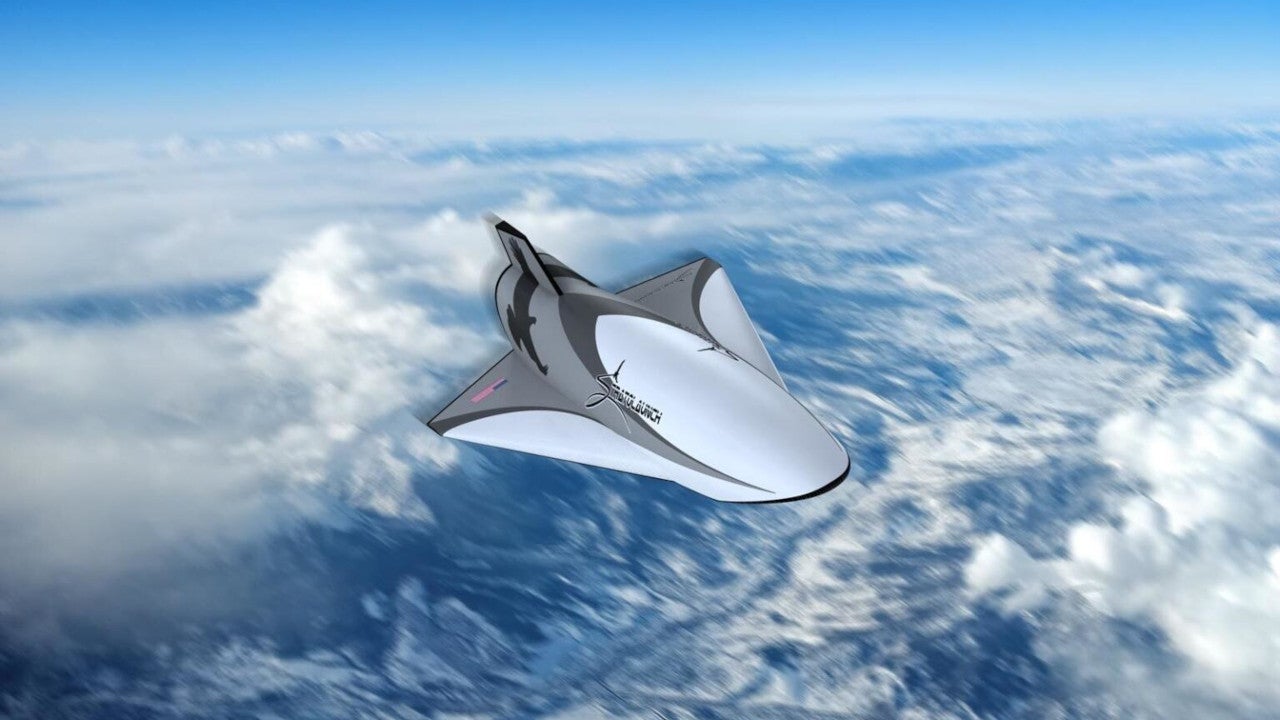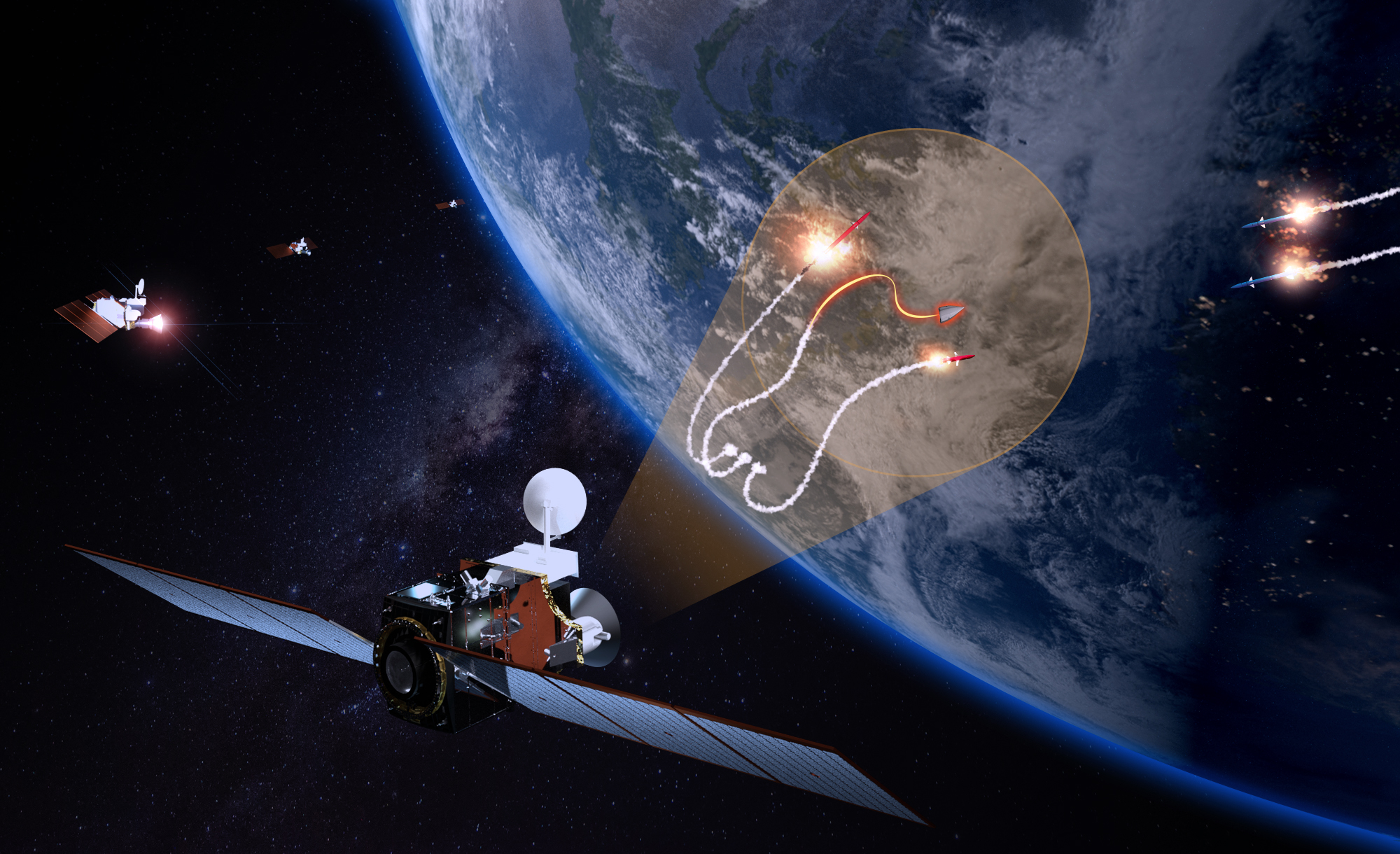The US Missile Defense Agency (MDA) has awarded a contract to Stratolaunch aerospace company to develop a target that simulates specific hypersonic threats.
Current defensive capabilities aren’t up to the task when it comes to intercepting and destroying potential hypersonic threats. To solve this issue, the US is aggressively spending on research and development to fill the gap.
The new system would enable the Pentagon to test new sensors and interceptors against actual targets. In simple terms, the target developed by Stratolaunch will allow MDA to understand how to engage and intercept potential hypersonic missile threats, especially from America’s adversaries, China and Russia.
The company, which specializes in high-speed flight test services, has not disclosed the contract amount as yet.
We are excited to announce a research contract with the Missile Defense Agency. The study will utilize our test service to augment @DeptofDefense flight test resources in order to understand how to engage and intercept hypersonic threats. Read more: https://t.co/I6RANuEnxG pic.twitter.com/r7kfBI5N7I
— Stratolaunch (@Stratolaunch) December 8, 2021
Owing to a combination of great speed and maneuverability, hypersonic boost-glide vehicles pose a considerable challenge to defenders. Their flight patterns of hypersonic missiles are different from the ones that existing missile defense systems are designed to intercept.
Most missile defense systems have been developed to locate, monitor, and intercept conventional ballistic missiles.

Stratolaunch intends to augment Pentagon’s existing flight test resources through cost-effective, commercially contracted, rapid-turnaround hypersonic flight testing.
Daniel Millman, Chief Technology Officer of Stratolaunch, said, “We’re pleased to provide MDA with a threat-representative and threat-replicating target that helps them to understand how to engage and intercept hypersonic threats.”
The company declared publicly last year that it plans to focus on hypersonic testing services instead of space services. Following the death of its founder, Paul Allen in 2018, the company was acquired by Cerberus Capital Management, shifting its focus to high-speed flight testing services. Allen was one of Microsoft’s co-founders.
Touchdown!! Successful flight tests to round out the day. What a beautiful sight. pic.twitter.com/gdssjvoN8x
— Stratolaunch (@Stratolaunch) April 29, 2021
In 219, Jean Floyd, former president of Stratolaunch, said the new vision of the company was “breaking barriers”. This points to a shift in focus away from satellite launches and toward hypersonic flight testing. These are difficult to carry out over land because of sonic booms but considerably easier to carry out from an air-launched system over the open ocean.
Stratolaunch grew from 13 to 87 employees over the past 2 months. 2020 will be a great year! VISION: Breaking Barriers. MISSION: To be the world’s leading provider of high-speed flight test services. VALUES: Deliver today. Grow for tomorrow. Accuracy and integrity always.
— Jean Floyd (@WJeanFloyd) December 11, 2019
Stratolaunch’s press statement does not specify if the target it would supply to MDA is a completely new innovation or one associated with the existing design the business has been focusing on.
‘Talon-A’ Hypersonic Test Vehicle
In September, the company announced that a critical design review of its Talon-A hypersonic test vehicle design had been completed, with the intention of conducting the first flight test of one of the vehicles next year. Stratolaunch is developing Talon-A, a fully reusable hypersonic vehicle.

The 8.5-meter-long high-speed test-bed has a 3.4-meter-wide wingspan. It is believed to be capable of reaching speeds of at least Mach 6 or six times the speed of sound. Long-duration missions at high Mach speeds will be possible with the launch vehicle. Upon completion of the mission, it will glide back to a standard runway for an autonomous, horizontal landing.
Stratolaunch’s carrier aircraft can also launch the hypersonic vehicle into the air, cruising at 10,000 meters. Up to three Talon-A vehicles can be carried by the carrier aircraft, allowing for quick constellation deployment to varied inclinations.
Other Projects
The US military is working to extend and upgrade its missile defense sensor networks. As reported previously by The EurAsian Times, the Pentagon intends to build a constellation of satellites to identify, detect and track Russian and Chinese hypersonic missiles.
The launch of these 28 spacecraft is expected to begin in late 2024. It would increase the number of missile-detection satellites in the Tracking Layer Tranche 0, a batch of eight satellites currently being built by L3Harris and SpaceX for launch in 2023.

A separate effort is also underway to create new interceptors that will attempt to shoot down approaching hypersonic weapons. MDA earlier revealed plans to test a missile defense-specific variant of the extremely powerful SM-6 missile against a surrogate for an advanced maneuvering threat, in collaboration with the US Navy.
Additionally, MDA announced in November that it has selected Raytheon, Lockheed Martin, and Northrop Grumman to compete for a new Glide Phase Interceptor design (GPI). The contract is for the development of a new Glide Phase Interceptor (GPI), a defensive hypersonic weapon meant to intercept enemy hypersonic missiles midcourse during their unpowered flight.
According to MDA’s contract, Raytheon Missiles and Defense was granted $20.97 million, Lockheed Martin $20.94 million, and Northrop Grumman $18.95 million. Each vendor must provide concept designs for prototypes by September 2022.
- Contact the author at ashishmichel@gmail.com
- Follow EurAsian Times on Google News




